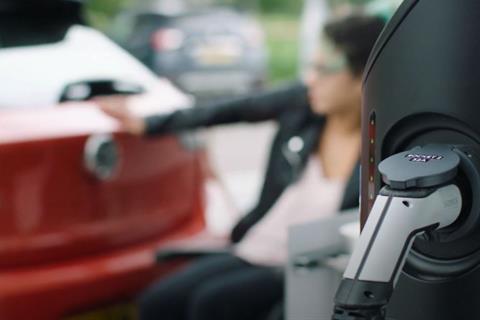
Parts of the UK’s electric vehicle (EV) charging infrastructure present significant barriers to users with disabilities, a study has found.
The findings have been published by national disability charities Motability and Designability, and come from the user engagement phase of their project to make EV charging infrastructure in the UK accessible to disabled people.
The report describes insights, experiences and views shared by disabled people who currently use EVs, and those who have not yet made the transition, as well as their carers, drivers and passengers.
The report’s findings will inform future design and public charging infrastructure guidance and standards to help improve the charging experience for disabled EV users in the UK, and make EVs a practical option.
The study found that accessible parking with room to manoeuvre around the vehicle is already a key concern for disabled people. In a public charging environment, the ability to fully open doors, manoeuvre equipment and use lifts and ramps is paramount. In addition, users highlighted that it is important to have flat (non-sloping), smooth (without gravel, grass, mud, cobbles or potholes) parking spaces with level access (without kerbs or steps), or nearby available dropped kerb access onto pedestrian areas and nearby amenities.
When it came to charging, users identified issues with the payment process, varying and sometimes confusing instructions and labelling on charge point units, the position of the charge point in relation to the parking space, using and handling cables, connectors and sockets. There were also issues over waiting for the vehicle to be charged (particularly focusing on the availability of accessible facilities nearby), and seeking assistance if users experience difficulties.
Poor provision of information was another criticism with the EV sector frequently described as complex and confusing, with users typically feeling like they had to carry out a significant amount of research when it comes to charging an EV. For disabled users, it can be more difficult because of the need to determine charge point accessibility ahead of arrival and the accessibility of local amenities.
The lack of reliable, accessible public charging infrastructure and signposting on accessibility left many feeling that they had no choice but to build significant contingency into their travel plans such as keeping their battery well-charged, or planning several possible charge points for a single charging occasion. The use of the vehicle battery to operate hoists, lifts, air conditioning and heating (for medical or comfort reasons) could also have a disproportionate effect on the available travel range for disabled people.
Keir Haines, senior product designer at Designability, commented: “It is clear from our research with disabled EV users that public charging solutions are failing them in many ways.
“We have seen some examples of good practice that the charging industry can learn from, however usability, reliability and most importantly for disabled people, accessibility is often poor in some, if not all aspects of public charging. Whether it be the parking provision and environment around the charger, the charging unit itself, the presence and clarity of signage and information or the registration and payment process, there are many opportunities for better design solutions.
“It is also clear that accessibility needs are extremely wide ranging - and so the challenge now is to develop solutions that can accommodate the breadth of access needs, to enable as many people as possible to have a convenient and enjoyable public charging experience.”
Catherine Marris, head of innovation at Motability, said: “Our research identified that by 2035, up to 1.35 million disabled people will be wholly or partially reliant on public charging infrastructure, but that it has not been designed with their needs in mind.
“As the 2030 ban on the sale of new petrol and diesel cars approaches it is imperative that disabled people aren’t left behind in the race to install the UK’s charging infrastructure.
“Motability is in a unique position to be able to bring together Government, disabled people, charities, industry and electricity networks to create world leading accessibility standards. The user engagement research conducted by Designability is a crucial step in ensuring that the voices and experience of disabled people is front and centre of this guidance in the future.”
Catharine Brown, chief executive at Designability, added: “Whilst it is exciting that the world is forging ahead with electric vehicle infrastructure it is imperative that it is done with inclusivity and accessibility as a core consideration. Up until this point, disabled drivers have largely been an afterthought in terms of EV charging.
“This research has come at a vital time as car manufacturers and EV charging station owners prepare for the sudden and rapid growth of the market. Designability’s human-centred design approach and our experience in working closely with disabled people means we are uniquely and expertly positioned to assist Motability in this important project and ensure that EV charging is accessible to everyone including disabled people.
“Informing best-practice design for EV charge points will make them more accessible for all. It is hoped that the design guidance shared from this project will have influence throughout the globe as the UK sets the recognised standards in EV charger accessibility.”





















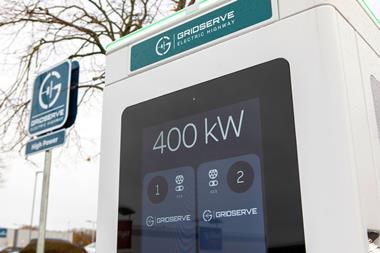

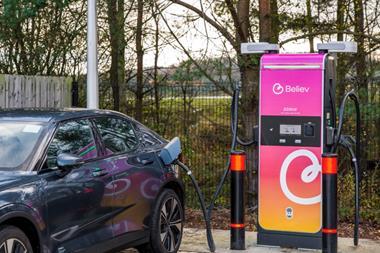
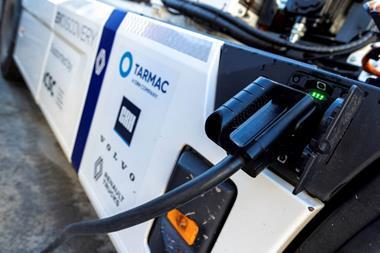
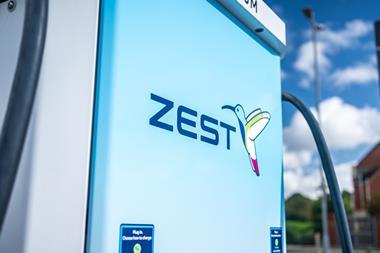
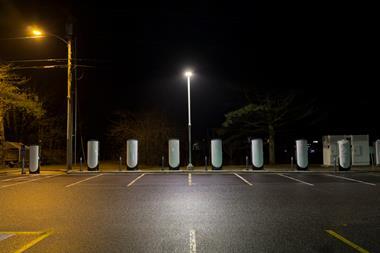




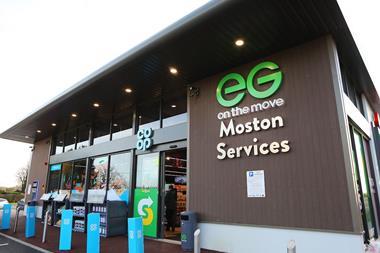

No comments yet